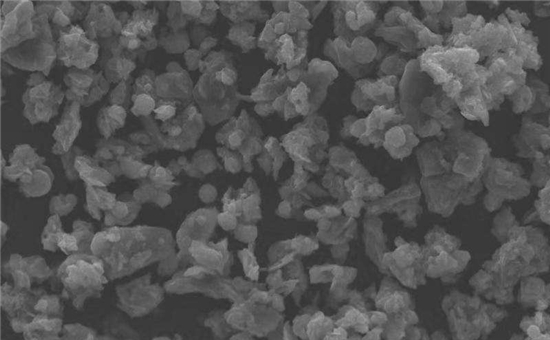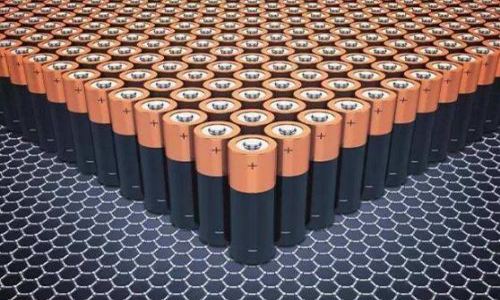Difference Between LiFE And LiPo Batteries
Nov 23, 2019 Pageview:16066
As everything has their pros and cons, in the same way batteries also have some benefits over other batteries but it typically depends on a number of variables like your particular model's size and demands. In this article, we will look at some of the major differences between LiPo batteries and LiFE batteries. Both LiPo and LiFE batteries can be recharged so that you have all the advantages over disposable versions. But still LiFE batteries are the slightly safer choice because they cannot be overloaded or removed whereas LiPo batteries can be quite hazardous as there is fire risk but it is now greatly reduced with the modern versions, particularly with our own chargers. Moreover, LiFE batteries often last a little longer, with more charging cycles in general. But, with challenging models, you won't get the speeds and efficiency of LiPo batteries.
Discussion Differences Between LiFe And LiPo Batteries
The differences between LiFE and LiPo batteries are given below;
The variations are in the chemistry and packaging of both the batteries, as the chemistry of LiPos results in being 3.7 v nominal and 4.20 v when fully charged; LiFe comes in slightly different chemistries but may be most usually 3.3v nominal (A123 batteries), but can vary from 3.2v ( Saphion ) to the same LiPos voltage.
As you probably know, if violated, LiPos will usually blow up and burn that is depleted, overloaded, overloaded, or physically damaged whereas it is not usually happens with LiFE batteries.
LiFe appears to be able to store fully charged without any significant performance loss, while LiPos should always be stored at a cost of 50 percent or less if it is not to be used for a while.
Typically LiFe comes in round metal cans, just like nickel-based batteries, and typically LiPos comes in soft casings. LiPos are normally shaped like bricks and come in a lot more sizes and capacities (mAh) than LiFe.
LiFe is heavier for the same energy than LiPos. A 3S 3900mAh TP Prolite LiPo, for example, is the same weight as a 3S A123 LiFe pack that is just 2300mAh. So 11.1v nominal and 3900mAh versus 9.9v nominal and 2300mAh — that is about 1.9 times the density of energy, in favor of LiPo.
LiFe, or at least the A123 brand, can be charged at very high rates, I believe up to 10C; for charging LiPos used to be 1C, but now there are many with higher charging levels.
Are LiFe Batteries Safer Than LiPo Batteries?
LiFe batteries are the best type of lithium batteries because they won't over heat and do not catch fire even if they are punctured. The cathode content in the batteries of LiFe is not toxic and therefore does not possess any harmful safety or environmental hazards. Because the oxygen in the battery is closely bound to the molecule so that there is no chance that the battery will burst into flames like Lithium-Ion. Although LiFE batteries are less energy-dense than Lithium-Ion and Lithium Polymer but they are more abundantly available and cheaper to produce, so much more realistic costs are required. The life expectancy of LiFe batteries are about 5 to 7 years.
A LiPo battery is designed to operate between 3V to 4.2 V within a safe voltage range. Under 3V discharge may result in irreversible loss of performance and even damage to the battery. Overload over 4.2V could be dangerous and ultimately cause fire. There's a lack of security or safety and can be hazardous if used in such conditions. The oxygen in LiPo batteries are not strongly bonded to the molecule in its chemistry, so when the battery heats up during fast charging or discharging, or just heavy use, the battery can eventually catches fire. In order to help overcome this issue, devices using Lithium-Ion and Lithium Polymer batteries require extremely sensitive and often costly electronics to track them.
How Do You Care For LiFe And LiPo Batteries?
It is necessary to take care of the batteries in order to prolong the life of batteries and to use it in a safer way. Following are some important points that should be kept in mind when using LiFE or LiPo batteries.
For LiPo batteries:
Never hit any sharp edges on the battery.
Never open or distort a cell's folding top.
Never drop batteries, strike them or bend them.
Never break up the cells. The disassembly may create an internal short circuit in the cell that can trigger gassing, firing or other problems.
Never incinerate batteries in flame or dispose of them. These can trigger the cells to be shot, which is very dangerous. In addition, never drink soft drinks, juices or coffee or tea when dealing with LiPo batteries.
Just use a lithium polymer or lithium-ion battery charger. Should not use an ACID converter NIMH / NICD / LIFEPO4/LEAD. If the charger will support different types of batteries, make sure that the charger selects the Lithium Polymer (Lipo) mode.
Users should always charge batteries off flammable materials, liquids and surfaces in an open area.
Never charge batteries at 0 ° C, 32 ° F that is under freezing temperature.
Always charge batteries when they aren’t hot when touched.
For LiFE batteries:
Remove dead batteries from your phone immediately and properly dispose of them.
Do simultaneously remove all batteries from the system and replace them with new batteries of the same size and type.
Always test the battery for any type of damage before charging. Test for defects in the battery packaging, wires and connectors that can cause a short circuit and eventual failure of the battery.
Do conserve battery life by turning off a device and removing the batteries when not in use, and is not intended to be used for extended periods.
Practice proper storage of batteries by storing batteries at normal room temperature in a cool, dry place. However, it is not necessary to keep the batteries in a fridge.
Do not place batteries in a fire place as they can leak or split.
Do not disassemble, smash, puncture or damage batteries otherwise. This can lead to leakage or failure.
- Prev Article: Top Lithium-Ion Battery Companies
- Next Article: Lithium Battery Cost Per Kwh-Chances And Risks
Leave Message
Hottest Categories
-
Hottest Industry News
-
Latest Industry News











